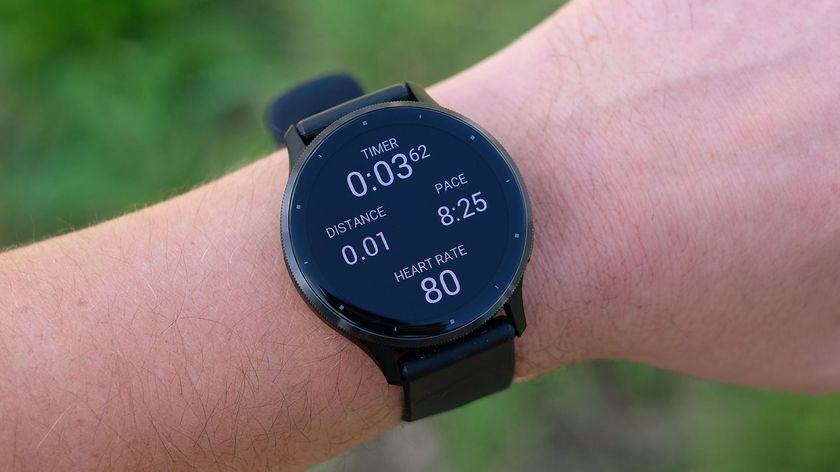US Birth Rate Hits All-Time Low

The U.S. birth rate reached an all-time low in 2013, as the number of babies born in the country declined for the sixth straight year since the peak in 2007, a new report finds.
The country's birth rate dipped to 62.5 births per 1,000 women between ages 15 and 44, according to the report from the Centers for Disease Control and Prevention (CDC). That is 10 percent lower than the birth rate in 2007, which was 69.3 per 1,000 women, and a record low since the government started tracking birth rates in 1909, when birth rate was 126.8.
In 2013, there were 3.93 million babies born in the U.S., down less than 1 percent from 2012, and down 9 percent from 2007, when a record-breaking 4.32 million babies were born in the U.S. [10 Scientific Tips for Raising Happy Kids]
But trends in the birth rate varied among age groups. Among women under age 30, childbearing is on the decline, whereas it continues to rise among women older than 30, in line with the general trend over the last three decades. In fact, 2013 birth rates for women ages 35 and over was "at the highest levels seen in approximately 50 years," the researchers wrote in their report.
In 2013, the birth rate for women ages 35-39 reached 49.3 births per 1,000, and for women ages 30–34, the rate reached 98 births per 1,000, both small increases from the previous year.
The rate for women ages 40 to 44 was unchanged from the previous year, at 10.4 births per 1,000, whereas for women ages 45 to 49 the birth rate increased from 0.7 to 0.8 per 1,000.
In contrast, among teenagers the birth rate fell 10 percent from 2012, dropping to 26.5 births per 1,000.
Sign up for the Live Science daily newsletter now
Get the world’s most fascinating discoveries delivered straight to your inbox.
Rates also declined by 3 percent for women ages 20 to 24, continuing the general decline of birth rates for women under age 25 over the last two decades, the researchers said.
The report is published today (Dec. 4) by the CDC's National Center for Health Statistics.
Email Bahar Gholipour. Follow Live Science @livescience, Facebook & Google+. Originally published on Live Science.











